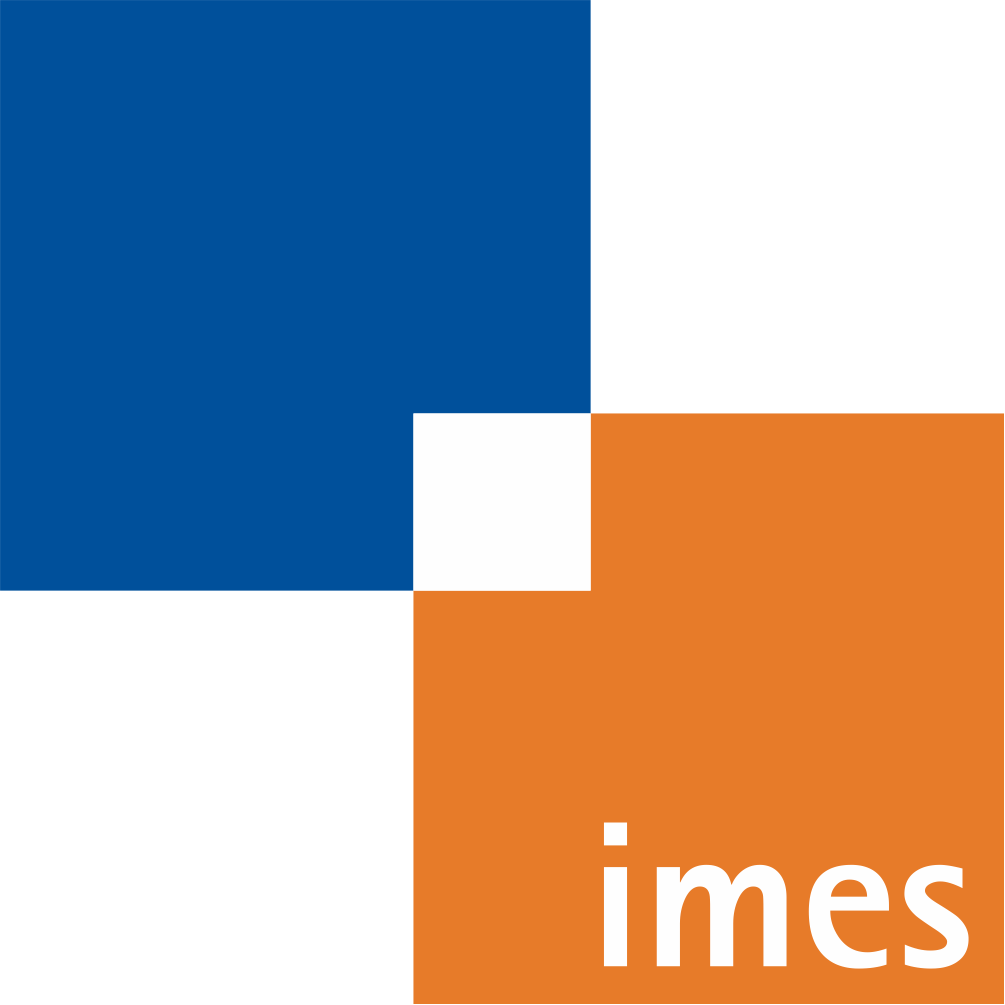Publikationen
Zeige Ergebnisse 1 - 20 von 26
Badilla Solórzano, J. A., Gellrich, N. C., Seel, T., & Ihler, S. (2024). Modular, Label-Efficient Dataset Generation for Instrument Detection for Robotic Scrub Nurses. In Y. Xue, C. Chen, C. Chen, L. Zuo, & Y. Liu (Hrsg.), Data Augmentation, Labelling, and Imperfections : Third MICCAI Workshop, DALI 2023, Held in Conjunction with MICCAI 2023, Vancouver, BC, Canada, October 12, 2023, Proceedings (S. 95-105). ( Lecture Notes in Computer Science ; Band 14379). Springer. https://doi.org/10.1007/978-3-031-58171-7_10
Badilla-Solórzano, J., Ihler, S., & Seel, T. (2024). HybGrip: a synergistic hybrid gripper for enhanced robotic surgical instrument grasping. International journal of computer assisted radiology and surgery, 19(12), 2363-2370. https://doi.org/10.1007/s11548-024-03245-5
Budde, L., Hentschel, J., Ihler, S., & Seel, T. (2024). Achieving near-zero particle generation by simplicity of design—A compliant-mechanism-based gripper for clean-room environments. SLAS Technology, 29(4), 100148. Artikel 100148. https://doi.org/10.1016/j.slast.2024.100148, https://doi.org/10.15488/17840
Ihler, S., Kuhnke, F., Kuhlgatz, T., & Seel, T. (2024). Distribution-Aware Multi-Label FixMatch for Semi-Supervised Learning on CheXpert. In Proceedings of the IEEE/CVF Conference on Computer Vision and Pattern Recognition (CVPR) Workshops (S. 2295-2304). (IEEE Computer Society Conference on Computer Vision and Pattern Recognition workshops). Institute of Electrical and Electronics Engineers Inc.. https://doi.org/10.1109/CVPRW63382.2024.00235
Kuhlgatz, T., Ihler, S., Bonhage, M., & Seel, T. (2024). Deep Learning Based Crack Detection in Inhomogeneous X-Ray Images for High Pressure Turbine Blades in Aviation. In Controls, Diagnostics, and Instrumentation (Band 4). Artikel GT2024-123663 (Proceedings of the ASME Turbo Expo; Band 4). https://doi.org/10.1115/gt2024-123663
Badilla-Solórzano, J., Ihler, S., Gellrich, N. C., & Spalthoff, S. (2023). Improving instrument detection for a robotic scrub nurse using multi-view voting. International journal of computer assisted radiology and surgery, 18(11), 1961-1968. https://doi.org/10.1007/s11548-023-03002-0
Ihler, S., & Kuhnke, F. (2023). AUC margin loss for limited, imbalanced and noisy medical image diagnosis: a case study on CheXpert5000. Current Directions in Biomedical Engineering, 9(1), 658-661. https://doi.org/10.1515/cdbme-2023-1165
Badilla Solórzano, J., Spindeldreier, S., Ihler, S., Gellrich, N.-C., & Spalthoff, S. (2022). Deep-learning-based instrument detection for intra-operative robotic assistance. International journal of computer assisted radiology and surgery, 17(9), 1685-1695. https://doi.org/10.1007/s11548-022-02715-y
Budde, L., Ihler, S., Spindeldreier, S., Lücking, T., Meyer, T., Zimmermann, W.-H., & Bodenschatz, E. (2022). A Six Degree of Freedom Extrusion Bioprinter. Current Directions in Biomedical Engineering, 8(2), 137-140. https://doi.org/10.1515/cdbme-2022-1036
Ihler, S., Kuhnke, F., & Spindeldreier, S. (2022). A Comprehensive Study of Modern Architectures and Regularization Approaches on CheXpert5000. In L. Wang, Q. Dou, P. T. Fletcher, S. Speidel, & S. Li (Hrsg.), Medical Image Computing and Computer Assisted Intervention – MICCAI 2022 - 25th International Conference, Proceedings (S. 654-663). (Lecture Notes in Computer Science (including subseries Lecture Notes in Artificial Intelligence and Lecture Notes in Bioinformatics); Band 13431 LNCS). Springer Science and Business Media Deutschland GmbH. https://doi.org/10.1007/978-3-031-16431-6_62, https://doi.org/10.48550/arXiv.2302.06684
Kuhnke, F., Ihler, S., & Ostermann, J. (2021). Relative Pose Consistency for Semi-Supervised Head Pose Estimation. In V. Struc, & M. Ivanovska (Hrsg.), 16th IEEE International Conference on Automatic Face and Gesture Recognition (FG 2021) (S. 1-8). (Proceedings - 2021 16th IEEE International Conference on Automatic Face and Gesture Recognition, FG 2021). https://doi.org/10.1109/FG52635.2021.9666992
Laves, M.-H., Ihler, S., Fast, J. F., Kahrs, L. A., & Ortmaier, T. (2021). Recalibration of Aleatoric and Epistemic Regression Uncertainty in Medical Imaging. The Journal of Machine Learning for Biomedical Imaging (MELBA), MIDL 2020(1), 1-26. https://arxiv.org/abs/2104.12376
Ihler, S., Laves, M.-H., & Ortmaier, T. (2020). Patient-Specific Domain Adaptation for Fast Optical Flow Based on Teacher-Student Knowledge Transfer. Vorabveröffentlichung online. https://doi.org/10.48550/arXiv.2007.04928
Ihler, S., Kuhnke, F. K., Laves, M.-H. V., & Ortmaier, T. (2020). Self-Supervised Domain Adaptation for Patient-Specific, Real-Time Tissue Tracking. In A. L. Martel, P. Abolmaesumi, D. Stoyanov, D. Mateus, M. A. Zuluaga, S. K. Zhou, D. Racoceanu, & L. Joskowicz (Hrsg.), International Conference on Medical Image Computing and Computer Assisted Intervention (S. 54-64). (Lecture Notes in Computer Science (including subseries Lecture Notes in Artificial Intelligence and Lecture Notes in Bioinformatics); Band 12263 LNCS). Springer, Cham. https://doi.org/10.1007/978-3-030-59716-0_6
Laves, M.-H., Ihler, S., Kortmann, K.-P., & Ortmaier, T. (2020). Calibration of Model Uncertainty for Dropout Variational Inference. Vorabveröffentlichung online. https://doi.org/10.48550/arXiv.2006.11584
Laves, M. H., Ihler, S., Fast, J. F., Kahrs, L. A., & Ortmaier, T. (2020). Well-Calibrated Regression Uncertainty in Medical Imaging with Deep Learning. Proceedings of Machine Learning Research, 121, 393-412. https://proceedings.mlr.press/v121/laves20a.html
Napier, J. W., Ihler, S., Laves, M. H., Zabic, M., Heisterkamp, A., & Neu, W. (2020). Design of a novel MEMS based laser scanning laryngoscope to combine high precision laser cuts with simultaneous MHz OCT and stereo camera feedback. In Imaging, Therapeutics, and Advanced Technology in Head and Neck Surgery and Otolaryngology 2020 Artikel 112130J (Progress in Biomedical Optics and Imaging - Proceedings of SPIE; Band 11213). SPIE. https://doi.org/10.1117/12.2550806
Ihler, S., Laves, M.-H., & Ortmaier, T. (2019). Towards Manifold Learning of Image-Based Motion Models for Oscillating Vocal Folds. Vorabveröffentlichung online. https://openreview.net/forum?id=S1xTGVhE5N
Laves, M. H., Ihler, S., Kahrs, L. A., & Ortmaier, T. (2019). Deep-learning-based 2.5D flow field estimation for maximum intensity projections of 4D optical coherence tomography. In B. Fei, & C. A. Linte (Hrsg.), Medical Imaging 2019: Image-Guided Procedures, Robotic Interventions, and Modeling Artikel 109510R (Progress in Biomedical Optics and Imaging - Proceedings of SPIE; Band 10951). SPIE. https://doi.org/10.1117/12.2512952
Laves, M.-H., Ihler, S., & Ortmaier, T. (2019). Deformable Medical Image Registration Using a Randomly-Initialized CNN as Regularization Prior. Vorabveröffentlichung online. https://doi.org/10.48550/arXiv.1908.00788
